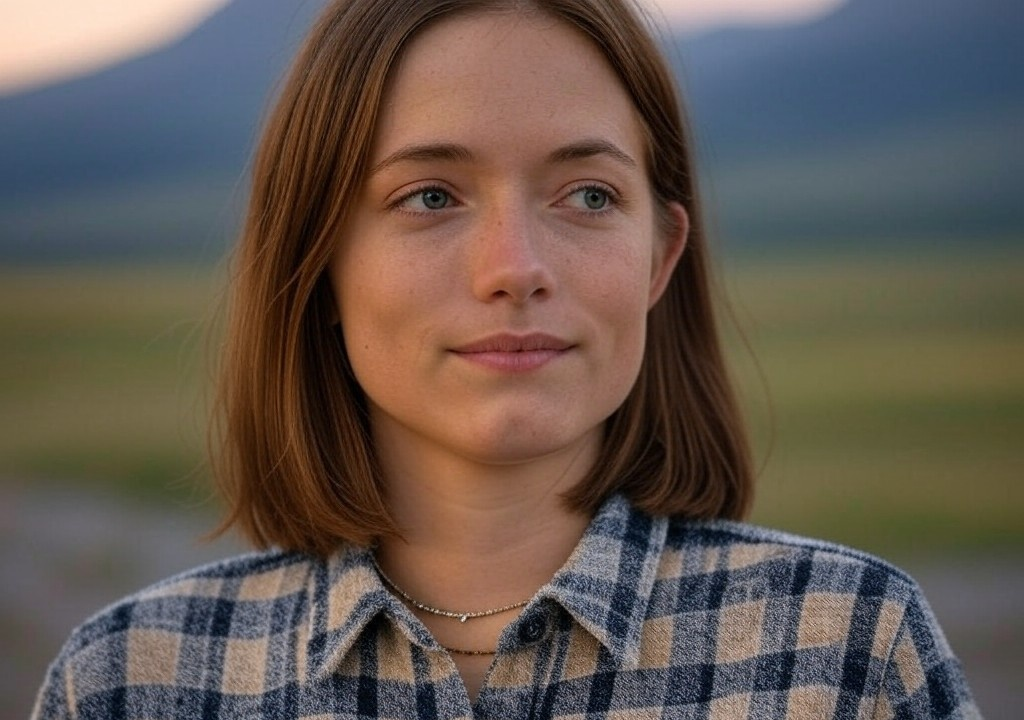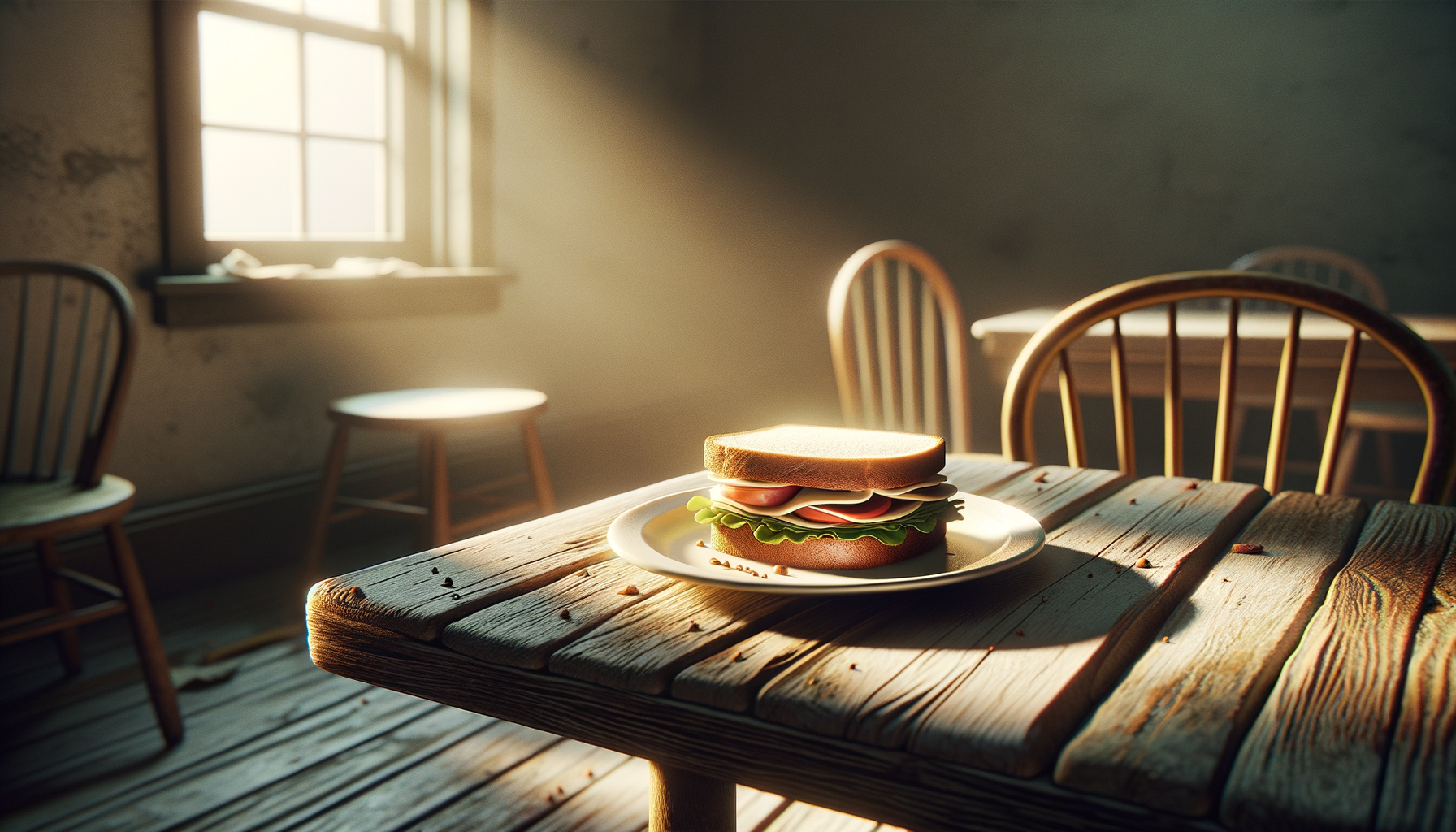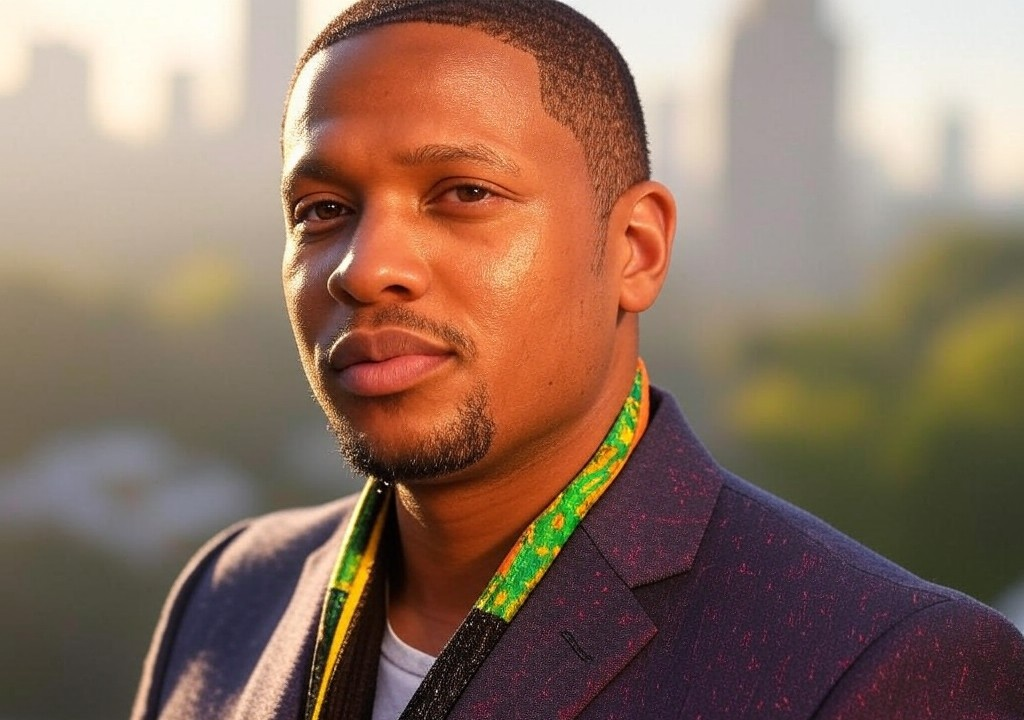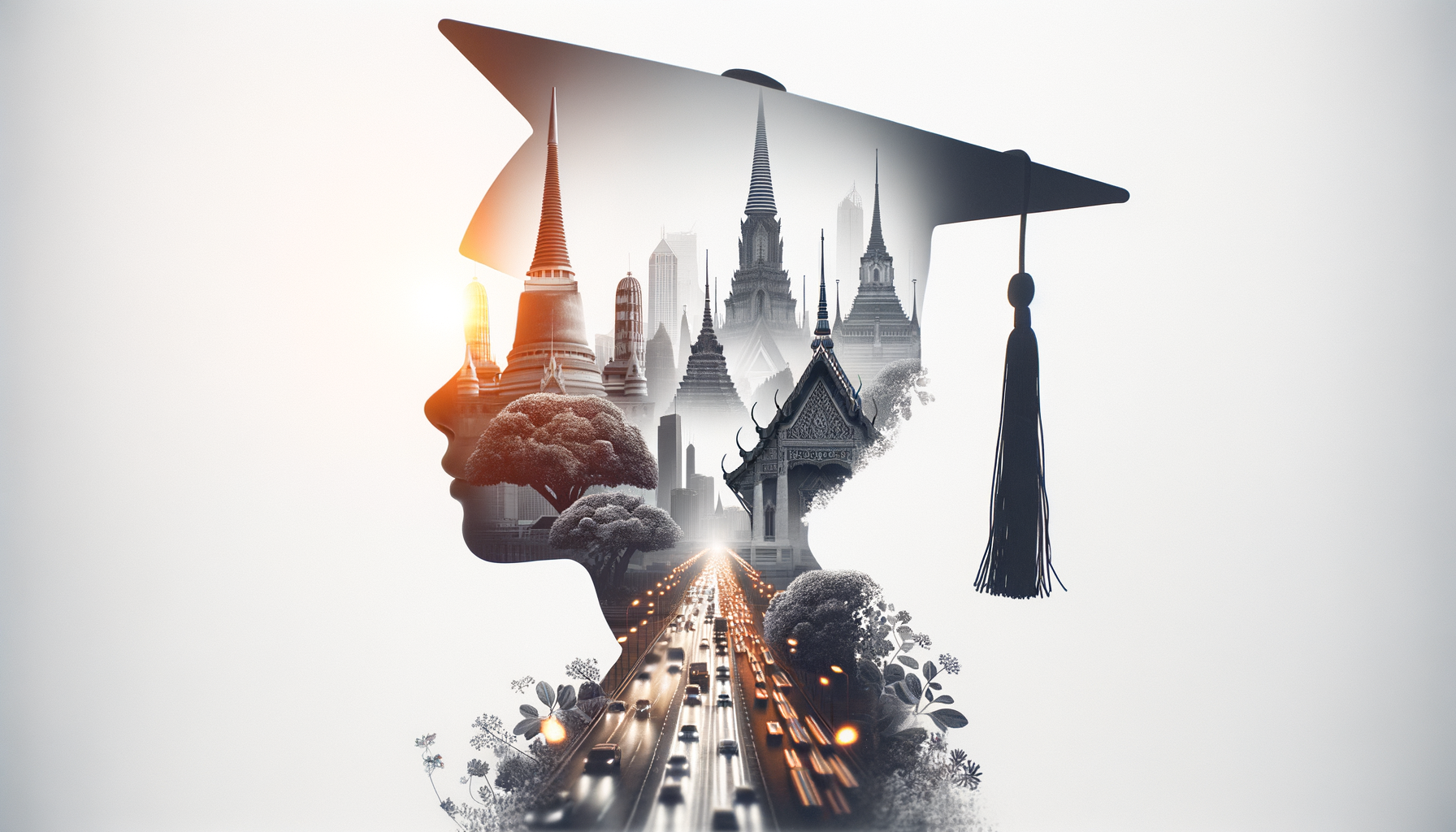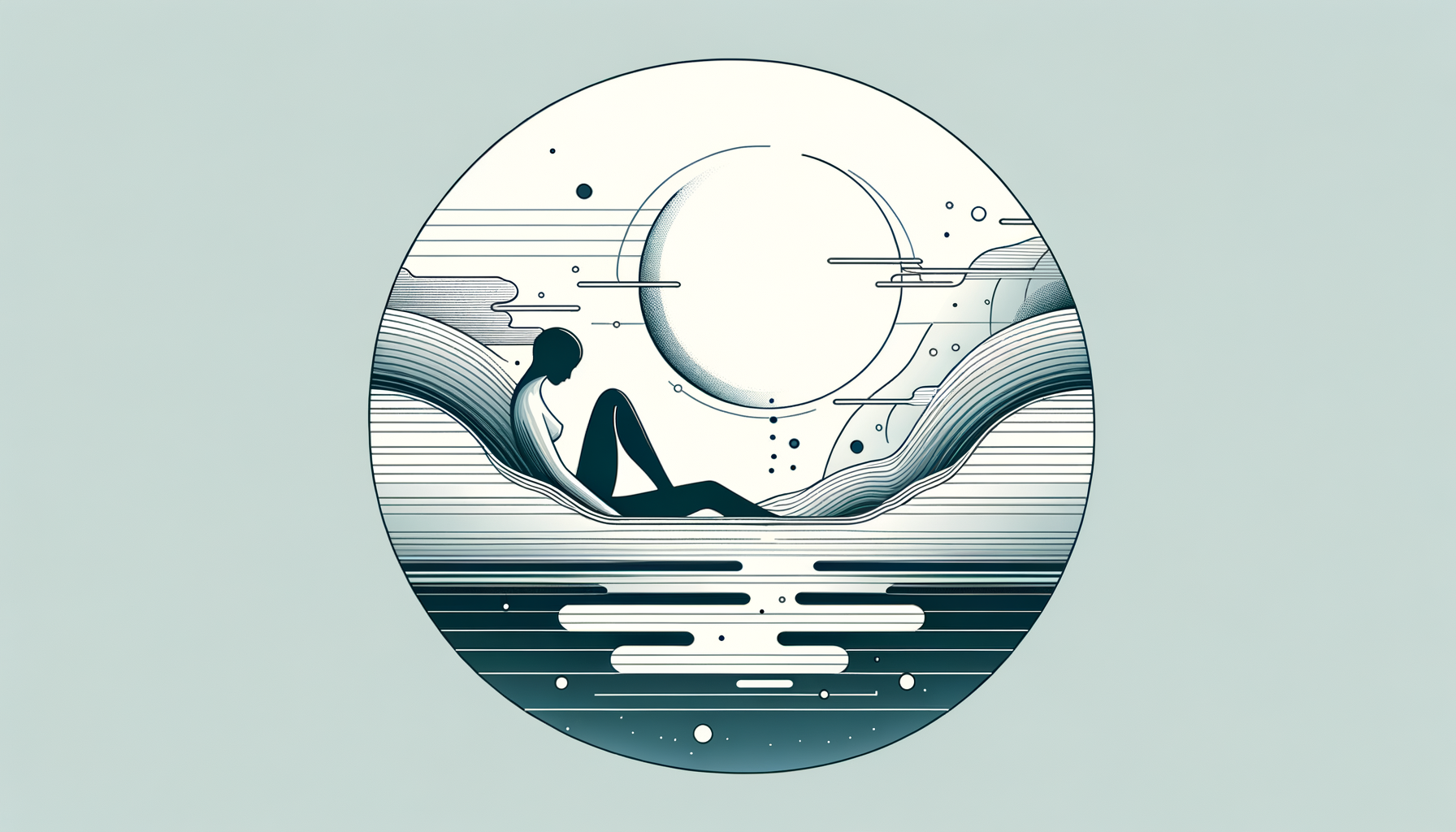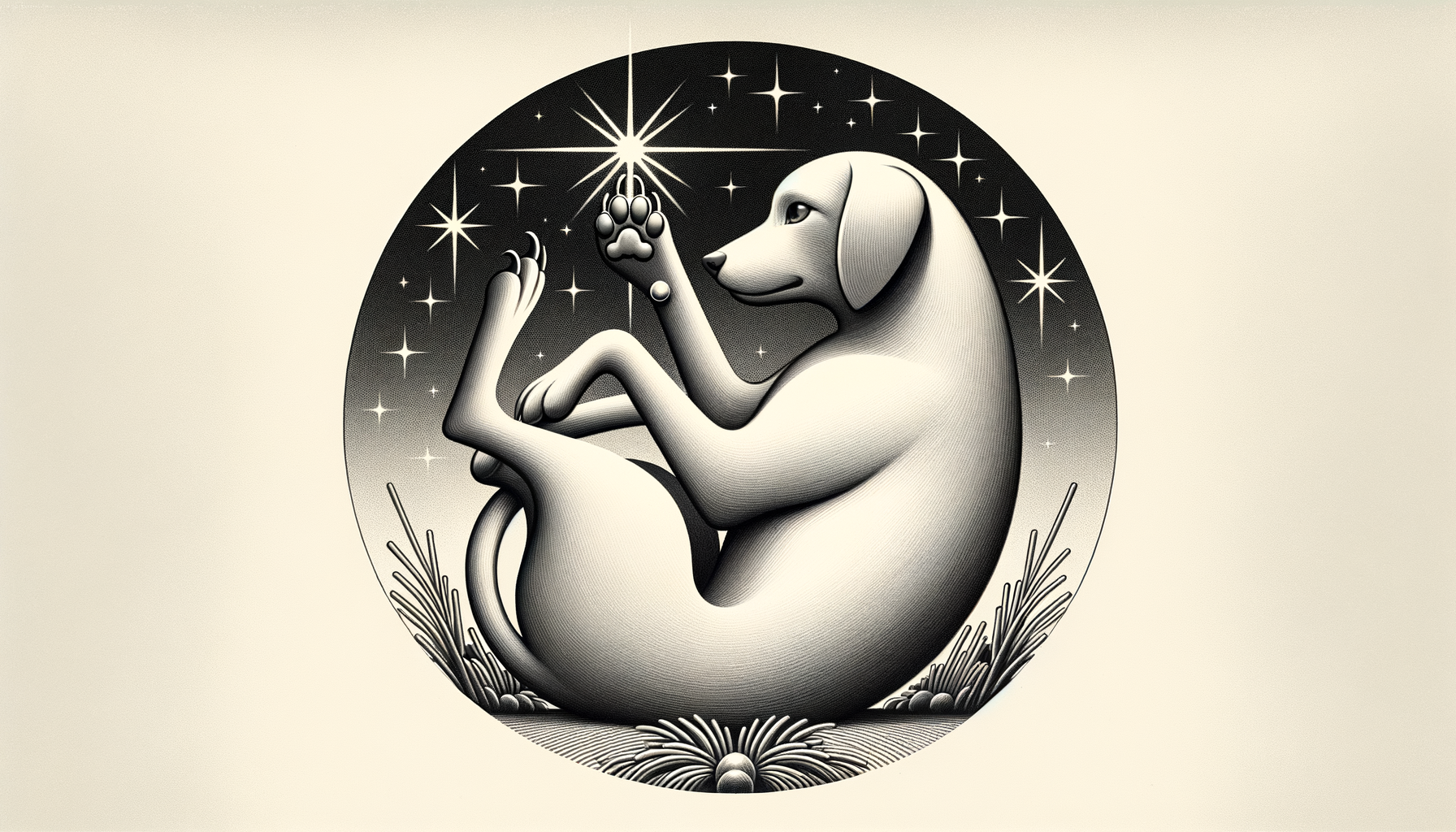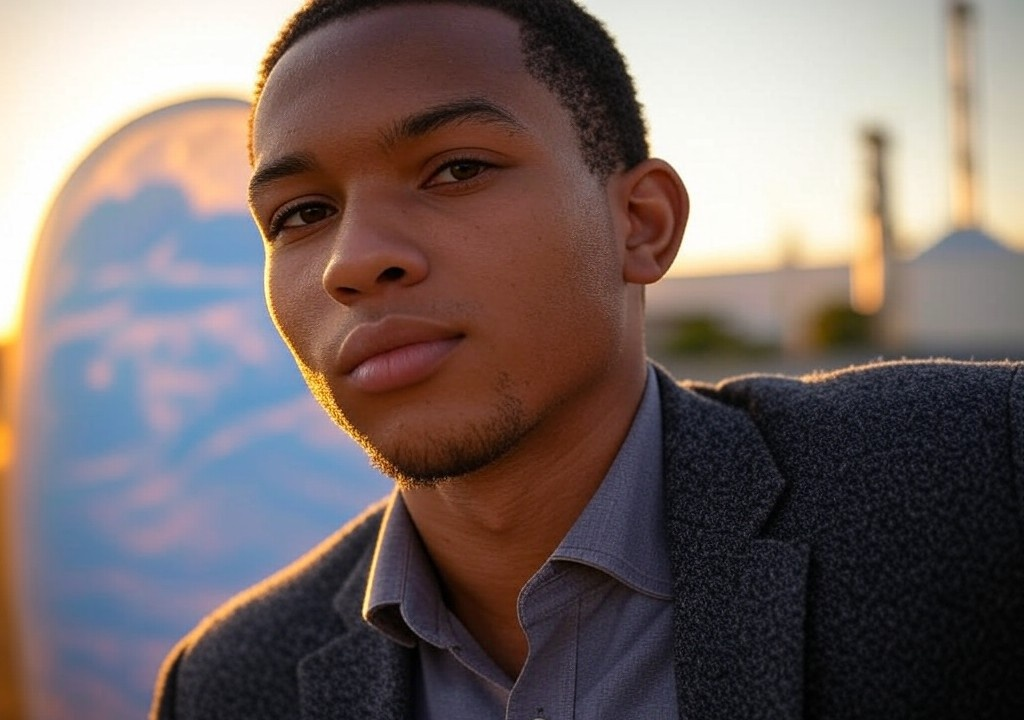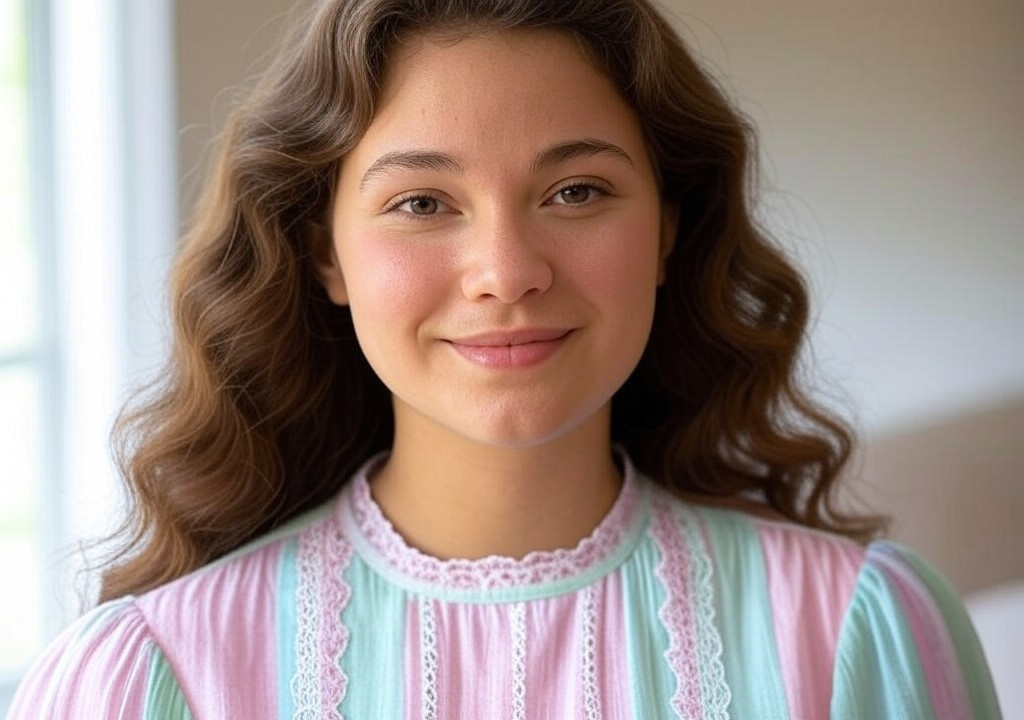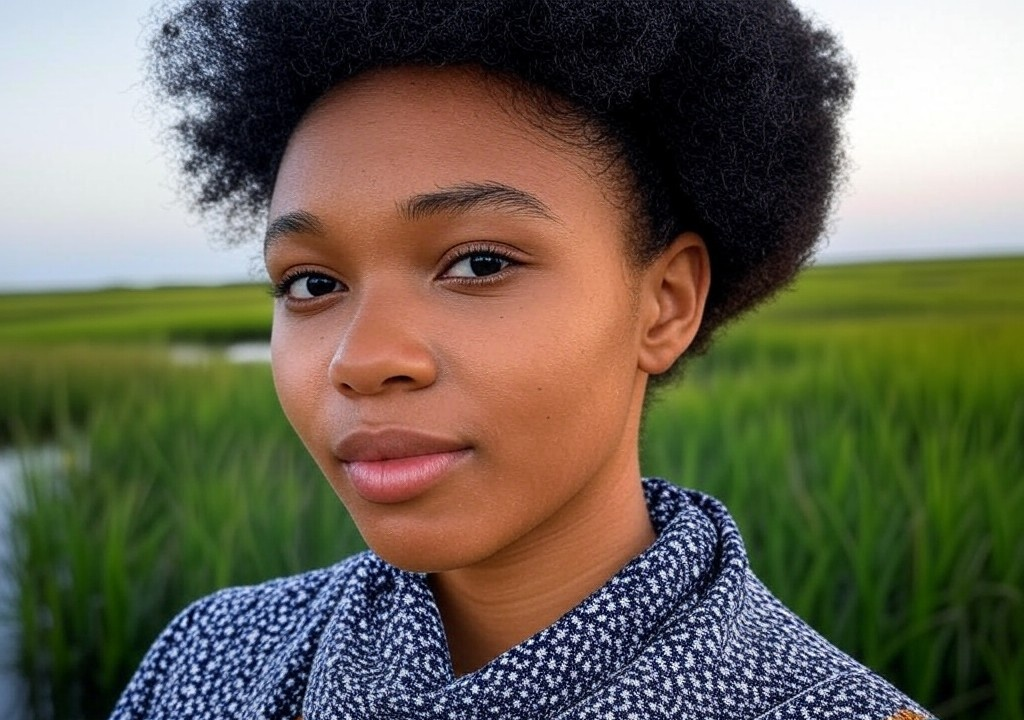If my life were a movie, the soundtrack would start with the kind of music that makes you crave dirt roads and sunrises. A slow strum of fiddle and banjo, with just enough sweetness to hint at possibility. Growing up on a ranch outside Bozeman, life had its own natural cadence, like the rhythm of horse hooves over frozen ground or the distant hum of locusts in summer fields. Music, though? Music gave that rhythm meaning, a kind of punctuation to the everyday. And as I think about the blueprint of my life and creative process, every stage comes with its own playlist—like a mixtape I didn’t know I was making, strung together by changing seasons and a stubborn reliance on cheap headphones.
Side A: Roots and Open Spaces
The early years were all about Alison Krauss and EmmyLou Harris—voices that echoed the landscape I called home. Their harmonies had a way of drawing out the quiet drama of life in the middle of nowhere. Back then, I romanticized their songs (okay, I still do), imagining that every longing note captured something untamable, like the wind that whipped across the wide Montana plains.
Living on a ranch meant solitude wasn’t just a possibility—it was a guarantee. My parents worked long hours with the horses, leaving me to wander with our barn cat, a scuffed-up tabby named Beans. I remember popping my dad’s old cassette tape of Krauss into a clunky Walkman he swore had been trendy in the '80s. “The Lucky One” was my anthem at age ten, even though I didn’t know what being ‘the lucky one’ actually meant. But it sounded wistful—and for a farm kid with big dreams and very little to do but daydream, wistful was a good enough fit.
These songs didn’t just teach me about melody, though. They whispered lessons about relationships long before I stumbled into my first stumbling, awkward crush. Songs soaked in yearning—"When You Say Nothing At All" comes to mind—taught me what love might look like: a mix of silence and understanding, messy and sacred at once. Of course, at that age, my only framework for ‘love’ involved my parents hopping into the truck to grab groceries together. (Romantic stuff.) But despite lacking context, those songs bloomed into my personal mythology.
Soundtrack Tip: Find the music that makes you feel known. For me, it was voices that reflected open skies and untidy emotions. It’s your playlist—no one else’s judgment matters.
Side B: Long Nights in Missoula
Fast forward to my college years at Montana State, when the dusty comfort of bluegrass began mixing with something grittier. By this time, I’d discovered high-speed Wi-Fi—a novelty in rural Montana—and promptly entered a musical phase best described as "moody indie meets seasonal depression." You know what I’m talking about: Bon Iver during the first snow, The National when you’re drinking lukewarm coffee at 3 a.m. while writing essays you swore wouldn’t be procrastinated.
If the early days of Alison Krauss taught me about yearning, Iron & Wine and Sharon Van Etten taught me to sit with complexity. The lyrics didn’t aim for clean resolutions or storybook endings—a lot like the relationships I had during those early twenties. I still remember one night during my writing residency in Missoula, pacing between an empty dorm kitchen and a half-finished short story, blasting “Blood Bank” on repeat. I was supposed to be crafting meaningful, poetic sentences, but instead, I found myself texting someone I had no business texting. Ah, to be young and thoroughly confused.
The truth is, sometimes music doesn’t need an explanation; it’s a mirror to whatever emotional chaos you’re working through. It can also be a cure. I owe Missoula-era Fleetwood Mac for at least two successful half-crush recoveries. (“Silver Springs” remains undefeated in the ‘Cry in a Parking Lot Over Someone Who Doesn’t Deserve It’ category.)
Soundtrack Tip: Let your playlist evolve with you. It’s okay if what once felt profound now feels cringe. Honor the phase; thank it, move on (and don’t judge your 20-year-old self too harshly for the dramatic breakup dedications on Spotify).
The Ranch, Reimagined: Returning to Montana with a Different Tune
After college, I came back to Bozeman and later worked with the fish and wildlife department before turning full tilt into writing. Returning to vast spaces after living in small apartments can be disorienting. It’s like the stillness is louder than before; you notice the parts of yourself you pushed away or didn’t have time to think about in noisy cities or coffee-shop commutes. This is where my playlist shifted once again.
Now, I leaned into softer melodies—Gregory Alan Isakov, First Aid Kit, John Prine—but what surprised me was how often I returned to silence. Don’t laugh—it’s a legitimately underrated soundtrack. Riding a horse at dusk with nothing but the sound of your breath and the occasional pine branch cracking in the wind? That’s its own kind of music. Silence doesn’t mean emptiness; it gives you space to connect with yourself, which, frankly, is vital if you’re going to write or, even trickier, date. Relationships can get noisy, figuratively and literally—the hum of constant notifications, overthinking texts or why they sent you the shrugging emoji instead of the smiley face. Silence is where you pull back and remember how to hear your own voice. (It’s also prime space for processing those spontaneous relationship epiphanies, best scored by Isakov’s “The Stable Song.”)
Soundtrack Tip: Don’t fear the stillness. Sometimes, your best thoughts—and best writing—come when the background noise is just trees swaying and the hum of your car engine. Trust me, you don’t need lo-fi beats 24/7.
The Lyrical Lessons and One Bold Conclusion
Here’s what this lifelong mashup of sound, silence, and questionable song choices has taught me: Your personal soundtrack isn’t static. At every stage—whether you’re meandering through open fields, crying over heartbreak playlists, or rediscovering yourself in the quiet hum of adulthood—music will teach you something about yourself. Sometimes, it’s school-of-hard-knocks stuff: My Fleetwood Mac phase made me swear to never again text through heartbreak. Other times, the lesson’s subtle, like how a single Alison Krauss lyric will still make me crave wildflowers and nostalgia at 7:45 on a Tuesday morning.
Part of building deeper relationships—whether it’s with someone else or, more importantly, yourself—is knowing that your playlist doesn’t require approval, explanation, or consistency. It just requires a willingness to listen. To the melodies. To the silence between tracks. And sometimes, to your own voice, humming in the background.
So grab your headphones. Let your life soundtrack play on shuffle. Because, who knows, the next song might just surprise you.

